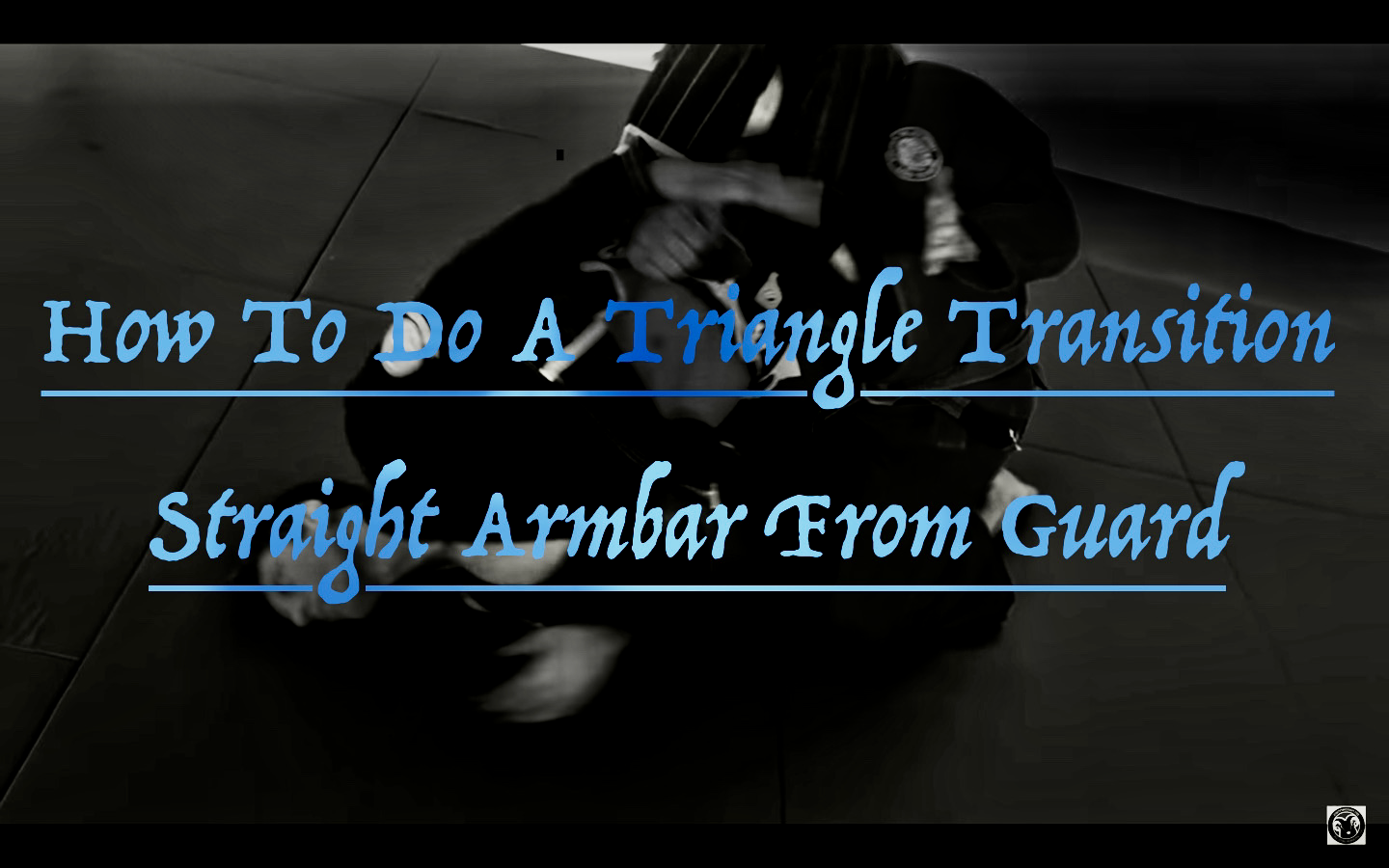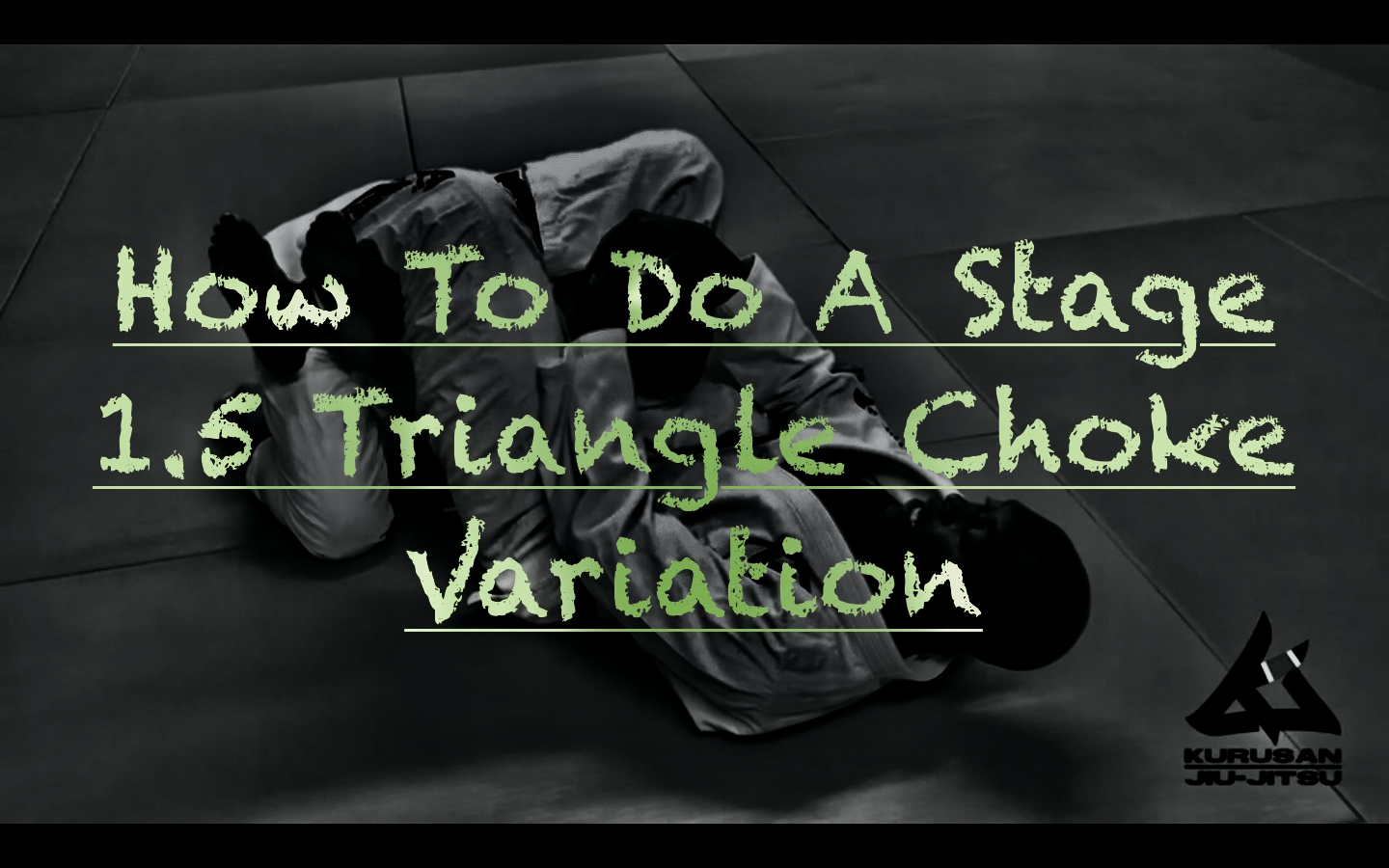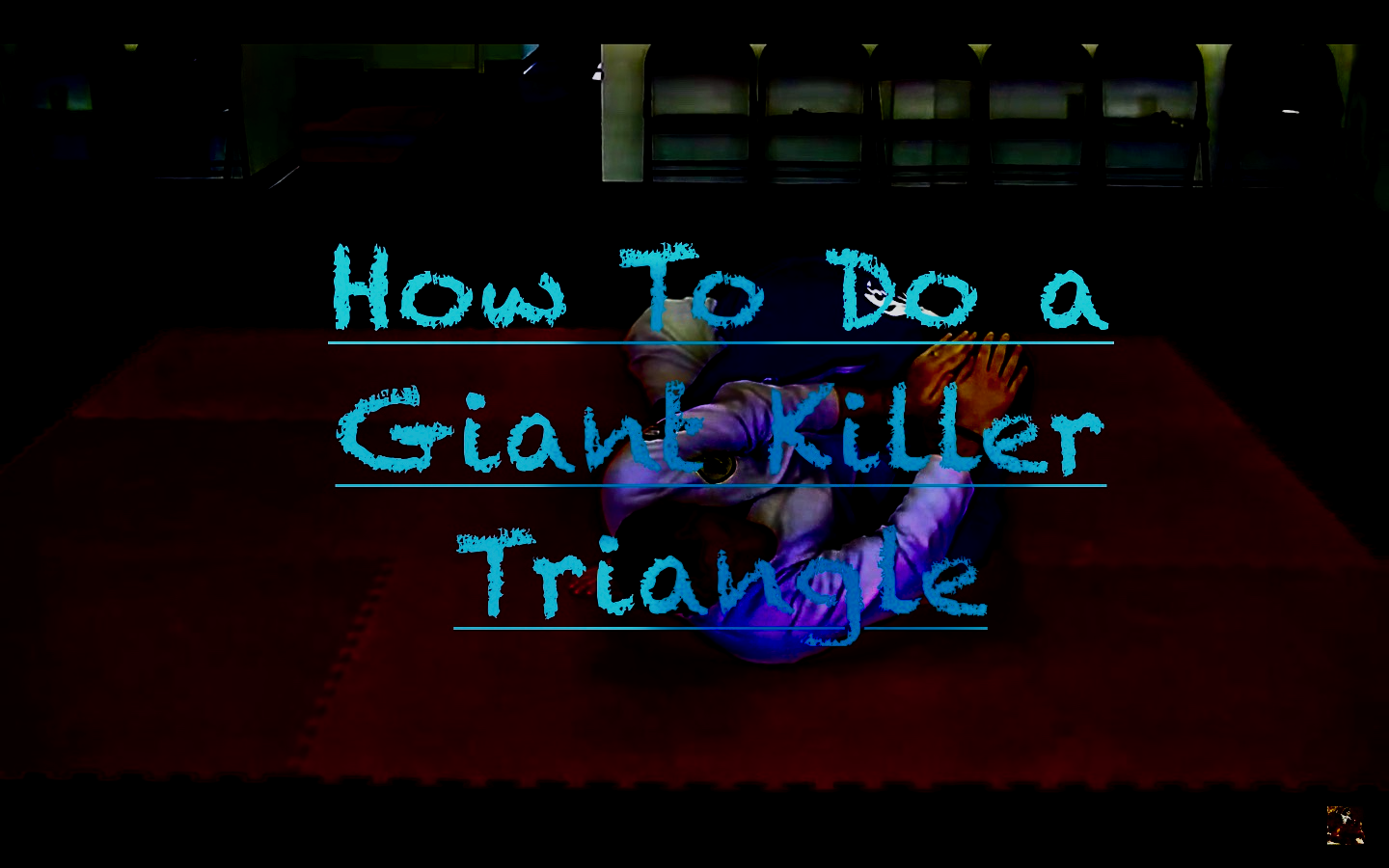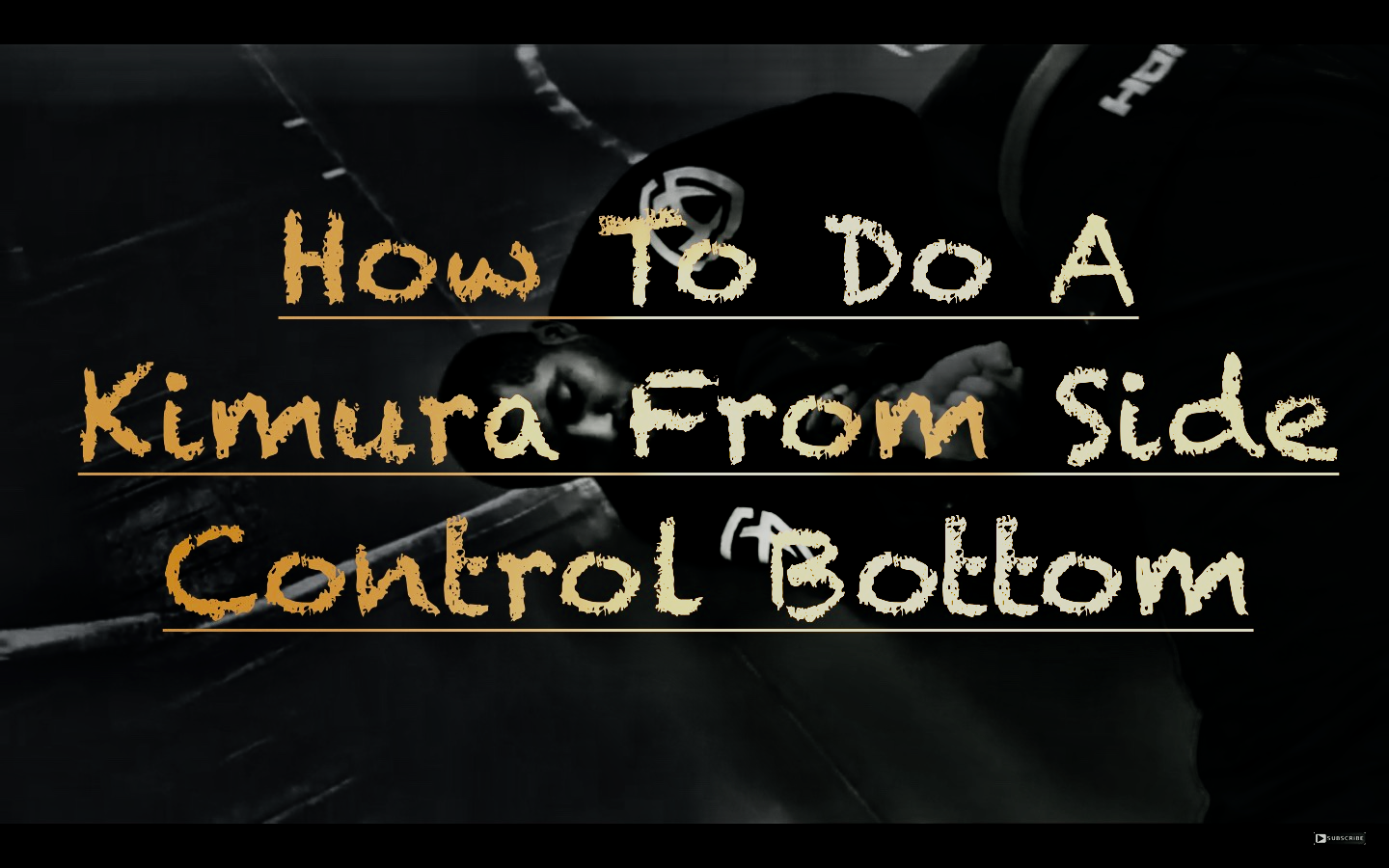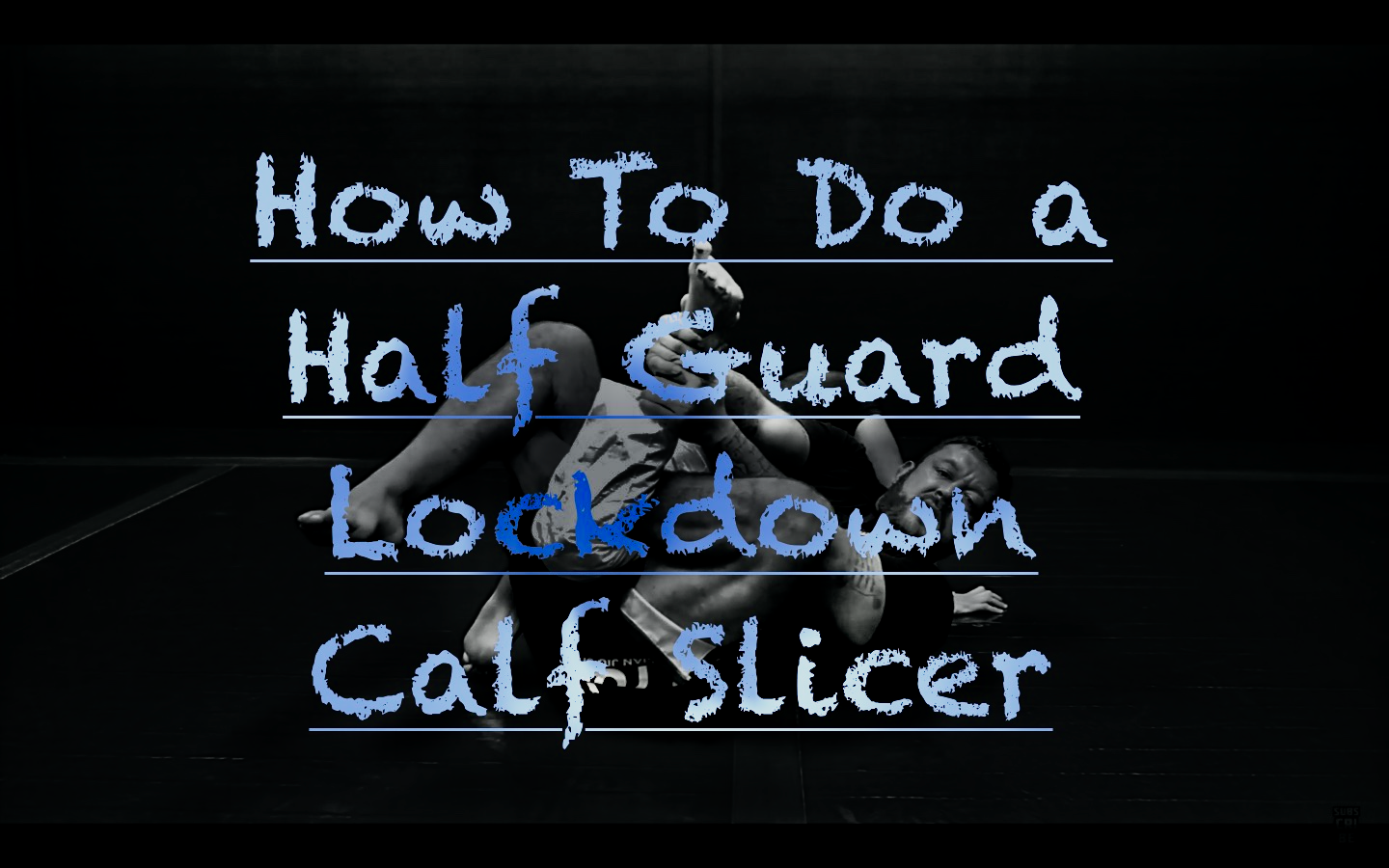The rear naked choke (often shortened to RNC even though the choke has no political affiliation) is the most effective and simplest choke in all of BJJ. It’s a choke that can still be effective even when done poorly and applied to the windpipe instead of the carotid artery.

The rear naked choke is so simple and effective that even at the highest level of competition against skilled opponents, it is far and away the most commonly effective choke in the UFC with 49% of all submissions by RNC (the next closest is the guillotine at 14%) according to BJJ Tribes in December 2020.

Also, because the rear naked choke is a blood choke it is mostly undetectable as a cause of death. Where a windpipe choke would leave bruising and damage to the windpipe, the rear naked choke just shuts off blood to the brain like kinking a hose.

So it’s not surprising that the well trained former soldier Cotyar used it to quickly and reliably dispense of the nervous nelly and noted turncoat Theo in The Expanse S3 E3: Assured Destruction. Theo started as an electrician on Jules-Pierre Mao’s Guanshiyin luxury space yacht and helped Chrisjen Avasarala, Bobbie Draper, and Cotyar escape. So he was a friend but then as soon as the heat was on, was willing to lie about that to save his skin when the U.N.N. ship Agatha King picked them up.

So when Cotyar needed a way to quickly, efficiently, and most of all undetectably kill Theo, he used the old faithful rear naked choke. While Cotyar executed the RNC correctly, The Expanse is still a TV show and they need to show to non-fight sport enthusiasts that Theo had no chance of surviving the choke so they added in a TV Trope neck snap.



